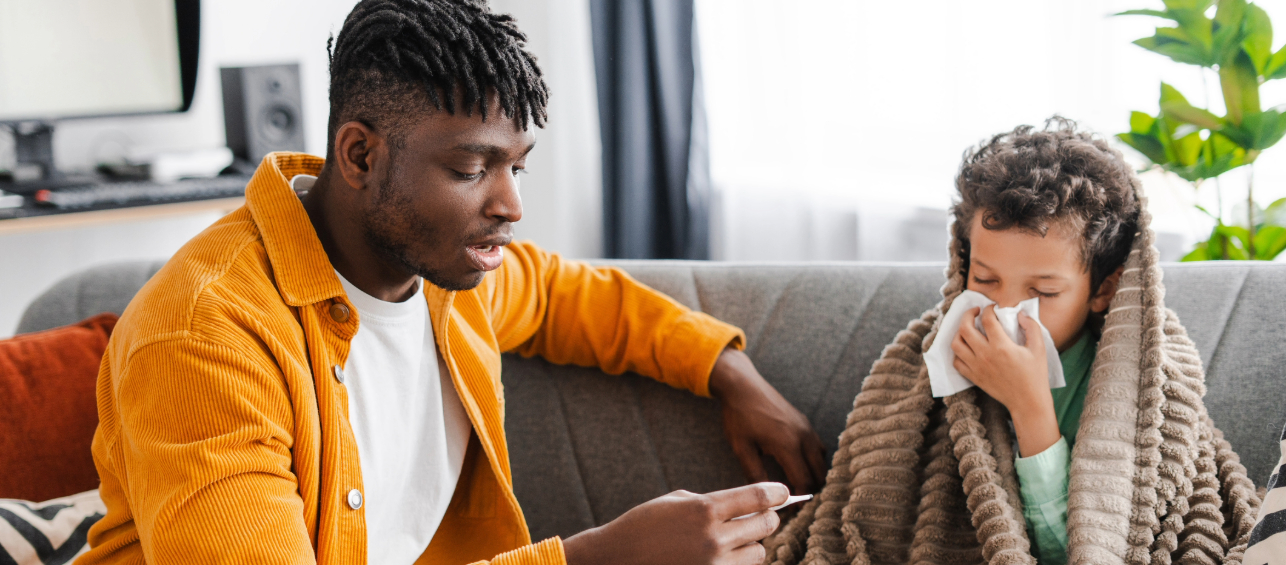As the weather gets nicer and restrictions start to be lifted, we all hope we’re closer to playing and watching sports again. As the transition to more activity begins it’s important for parents to understand that your child will need to ease back into playing the sport they love to avoid an injury.
Benefits of Playing
Perhaps the thing we all miss about sports the most right now is the reason to get out of the house. But there are many benefits of playing sports. A child in sports develops friendships, learns to work within a team and has increased self-confidence. However, with exercise and sports participation comes the risk for injury. The keys for kids to avoid injury as they get back into sports are to make sure they are physically prepared and to avoid doing too much, too soon.
Understanding Load Management
Your child may want to get back on the field and try to make up for lost time by giving it everything they have from the start. While their heart is in the right place, their body may not be ready to do things it typically would be ready for.
In higher level sports, and in physical therapy, we try to put limitations on activity levels based on activity data. This can range from GPS tracked running mileage, or speed, to the number of balls tossed in baseball. Using this data, we can carefully allow an athlete to return to an activity while trying to reduce their risk of injury, or re-injury. This process is known as Load Management.
Although there are a lot of high-tech options to monitor and manage load, it doesn’t have to be that specific. There is a degree of common sense involved in this concept as well. For example, if you were to begin training for a marathon, it wouldn’t make sense to start running the week ahead of the race. Going from zero miles per week, to running a full 26.2 mile marathon, is a huge spike in activity that would likely lead to some sort of overuse injury. Most of us know this isn’t the smartest thing to do – the body simply isn’t ready for it.
Getting Back to Sports
Just as we wouldn’t run a marathon without training, we shouldn’t let kids go back to high amounts of activity without an on-ramping period. Kids and adolescents are susceptible to various types of overuse injuries depending on their physical development and the sport they play. For example, too much activity for kids with open growth plates could cause an apophysitis such as sever’s disease or little leaguer’s shoulder. Older adolescents could develop injuries such as general knee pain, or stress fractures. By slowly increasing activity levels, the likelihood of these injuries will be decreased.
For parents or coaches, a general rule of thumb is to start activity levels at between 25-50% of their typical “pre-isolation” volume and increase activity levels by around 20% per week until they get back to where they were. This rule can be applied to things like throws in baseball and distance covered in swimming and running.
For example, if your child is active about 100 minutes per week during quarantine, the next week try to increase them to about 120 minutes of activity. Another example is if you have a child in dance who, under normal circumstances, practices 20 hours per week over 5-6 practices, start them at 5 to 10 hours per week over 2 to 3 days per week to slowly get them back into their sport safely.
The last thing to consider before your kids jump right back into the swing of things is their general physical preparation. Many kids will go through growth spurts, where their bones grow faster than their muscles, causing their muscles to seem tight. These tight muscles could pull more on their open growth plates and cause an overuse injury. Staying loose and stretching prior to increasing activity can help avoid these injuries from happening.
The Division of Occupational Therapy and Physical Therapy is available for 45-minute Telehealth appointments for the management of orthopedic and sports injuries. You will need a referral from your physician to start treatment. For more information call 513-636-4651 or email us at otpt@cchmc.org






